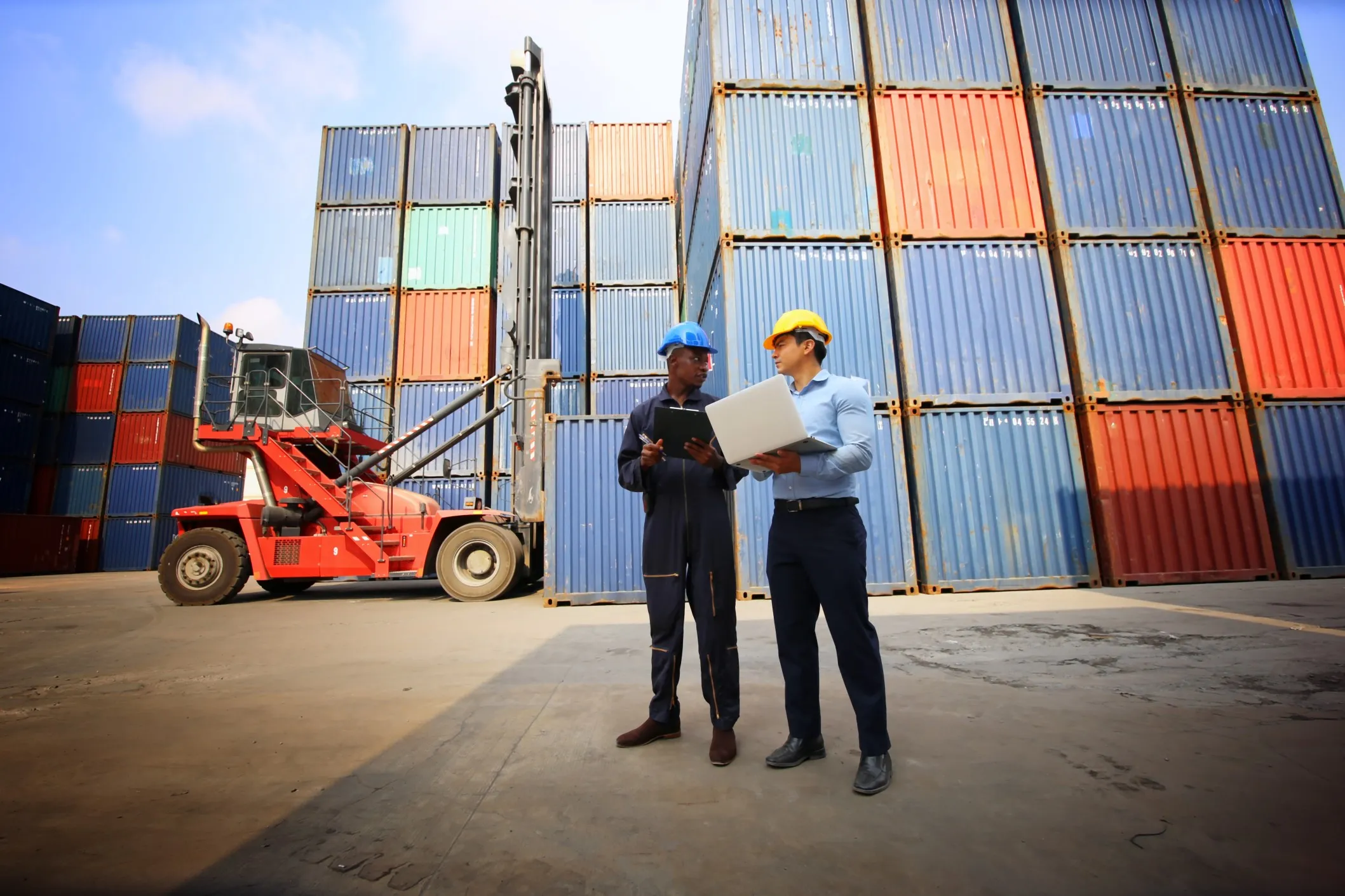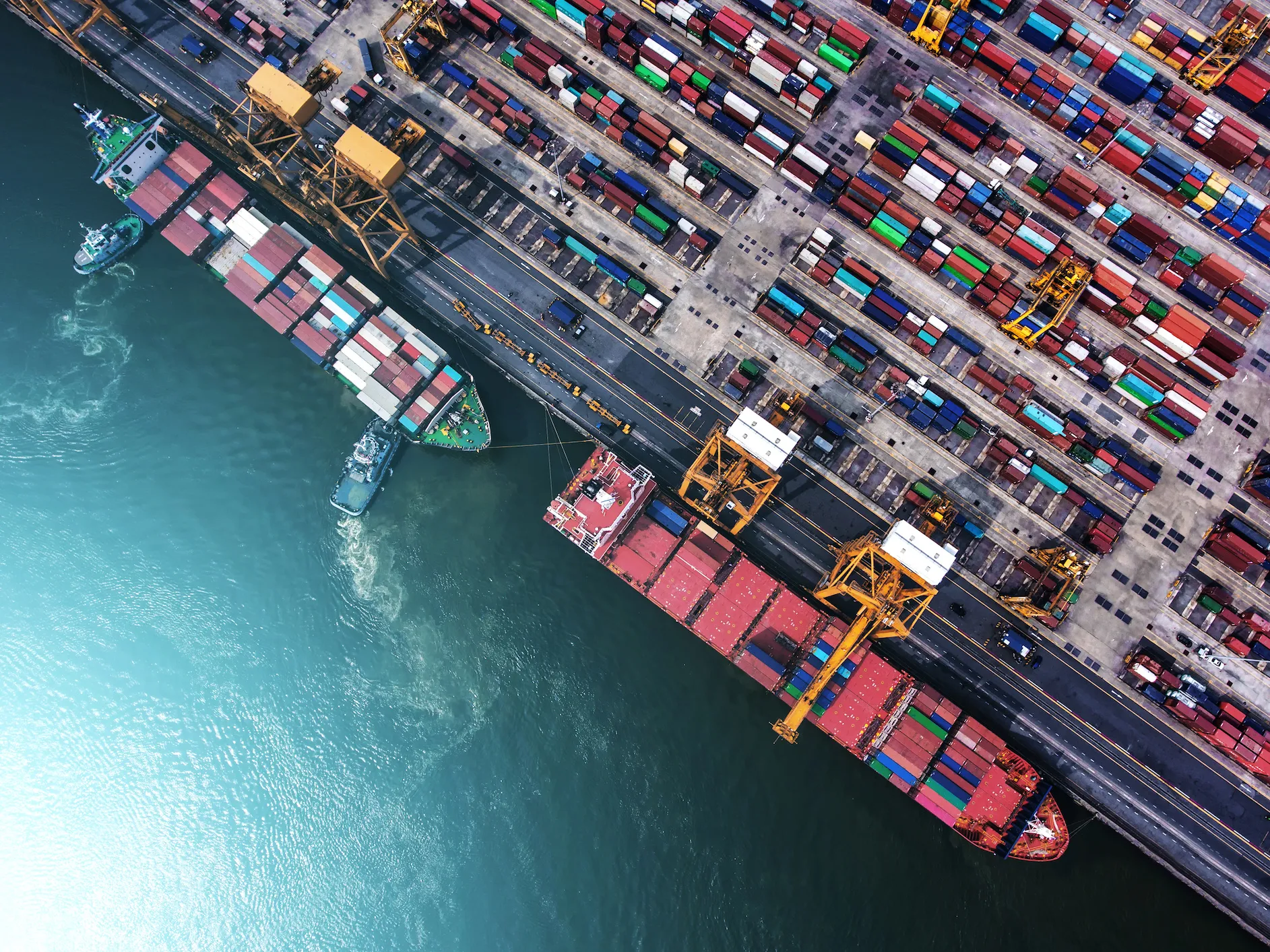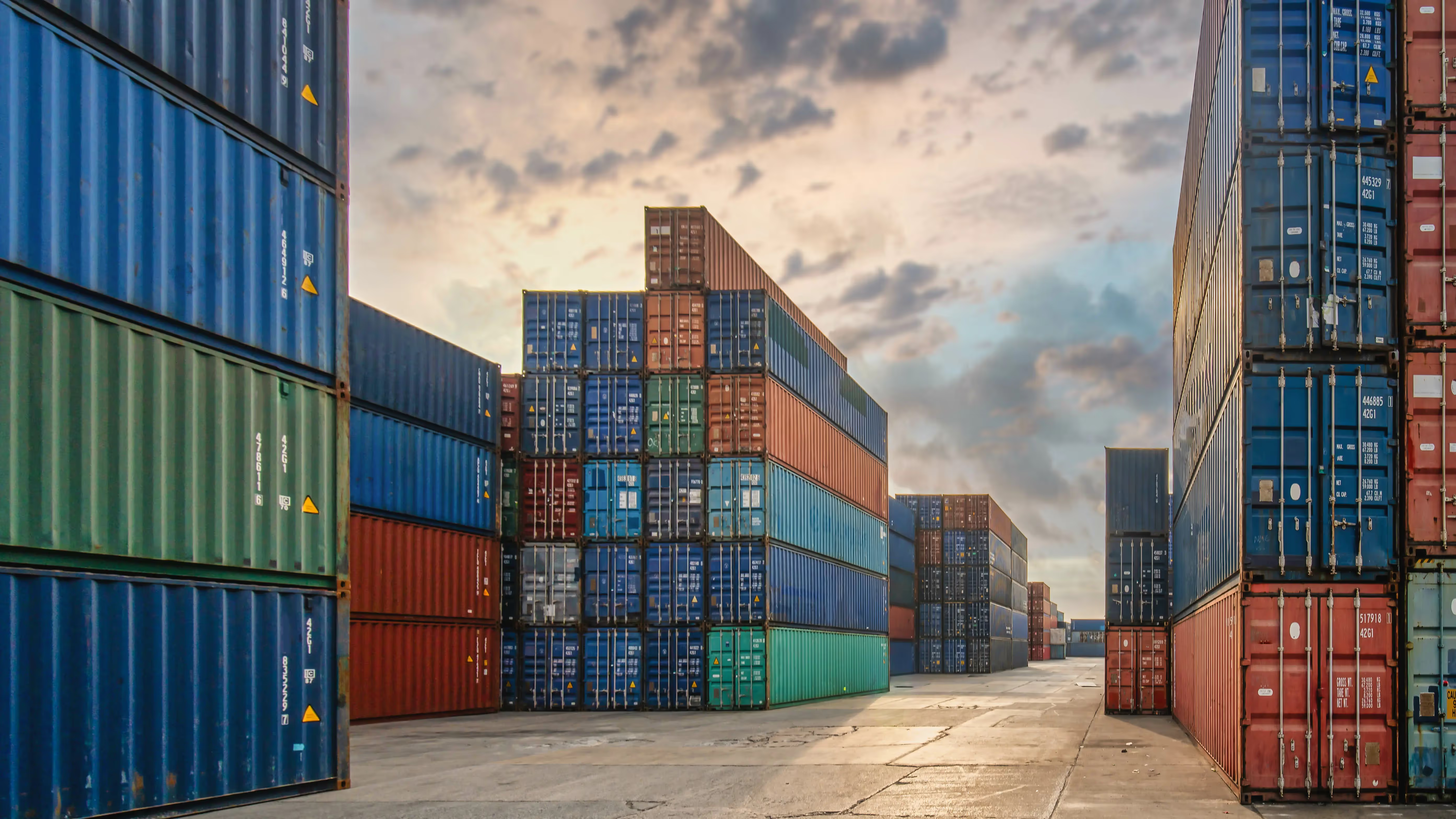
From a customer and trading partner perspective, improved visibility of shipments has become increasingly desirable, due to both the ‘Amazon effect’ and the ‘Covid effect’. These refer to the shift in consumer expectations regarding real-time delivery information after Amazon revolutionized the online delivery visibility experience, and the way in which the pandemic disruption left ports in disarray, pointing out glaring holes in shipment visibility in the process.
However, from a shipper and LSP perspective, the ability to track containers in real time, and obtain accurate predictive ETAs, has also become increasingly important, as it allows them to better contend with challenges across their end-to-end supply chains. Challenges include high detention and demurrage costs, poor customer experience, long lead times, high buffer stock levels, costly expedited shipments, low personnel productivity and poor sustainability and carbon emissions performance.
Why is real-time container tracking so important?

By taking advantage of the latest technologies and data transformation techniques, more data sources and better ecosystem integration, more sophisticated, cutting-edge visibility solutions significantly help combat ocean supply chain management challenges.
Real-time container tracking offers more than just peace of mind. The benefits of ocean freight visibility, providing highly accurate and reliable order-level shipment data and predictive ETAs, helps shippers improve supply chain orchestration in many ways:
Boosted personnel productivity
Provide operations teams with accurate freight arrival and departure times, improving personnel productivity and exception management by reducing manual detective work by 20-50%.
Superior customer experience and communication
Leverage visibility to offer a proactive customer support model, helping to differentiate services, boost customer experience and reduce churn risk by increasing Net Promoter Scores by 7 points on average.
Reduced ocean freight costs
Minimizes additional charges, such as demurrage fees, compliance violations, and expedited shipments, with better management of overdue containers. Decrease detention and demurrage expenses by 10-25% and reduce expedited shipment fees by 25-30%.

Improved buffer stock, lead time management and optimized inventory
Reduce buffer stock and lead times to enable a 10-30% cost saving by replacing inventory with information, benefiting working capital and cash flow, while better meeting demand to improve customer loyalty, can help reduce the cost of warehousing and working capital.
Enhanced operational efficiency and agility
Combined visibility data across transport modes helps users obtain an integrated, end-to-end view of shipments, improving traceability, identification of problems, and handling of freight claims. It also helps reduce long waiting times and handovers at ports, improves understanding of, and responses to, changes in ocean container schedules, mitigates production risks with earlier exception detection, and facilitates improved production and route planning.
Faster invoicing and improved cash flow
Reliable and timely delivery notifications enable automated invoicing, helping to improve cash flow, reduce invoicing delays, and minimize invoicing errors.
Better carrier performance measurement
Accurate, objective tracking data and insights makes it possible for organizations to better monitor their supply chain key performance indicators, while also aiding ocean carrier selection and contract negotiation.
The need for real-time container tracking

Understanding the ocean leg of a container’s journey is the most important aspect of intercontinental shipments. Compared to road freight, a missed loading or transshipment can have a far more significant impact on overall transit time. For example, a missed loading for a road shipment might mean it gets bumped onto the next day’s truck, adding a day or two to overall transit time. In contrast, when ocean cargo shipments are bumped to the next ship, it can add up to 15 days or more of transit time.
The desire for real-time container tracking has spawned the development of freight visibility technologies and platforms at the container level. However, while many of these have offered basic levels of visibility, a new way of thinking about data is needed to create more sophisticated solutions that can provide timely and accurate data to help organizations be agile and resilient in times of upheaval and uncertainty.
The Covid pandemic years have demonstrably proven that things need to change. Many companies had neglected to adequately digitalize their supply chains for decades. However, supply chain and IT leaders now clearly understand that the old ways of working and relying on old, outdated and static information, updated by batches once per day (as opposed to flowing in real time) are no longer viable. Now everyone can clearly see why Amazon has sunk many, many billions into their supply chain over the last 15 years.
It’s no longer feasible to let supply chains fall behind. Customers are demanding better performance and if organizations wish to remain relevant, the data for each shipment must be considered just as important as the shipment itself. Moreover, the suspicion that the data that’s been used up until this point for visibility is very poor has now been 100% validated. A new approach to data, visibility and overall supply chain management is warranted. The place to start is understanding how to get quality data.
Shippeo’s real-time and predictive ocean container tracking

Shippeo’s real-time container tracking solution has a focus on data quality at its core. It goes beyond carrier milestone updates by leveraging additional AIS and satellite data sources. It offers accurate real-time predictive ETA updates powered by an advanced AI ETA algorithm. It provides full end-to-end transportation plan visibility, taking into account port congestion and transshipments, as well as intelligence at transit, anchorage, port, terminal, and berth level.
Discover how Shippeo’s real-time container tracking solution ensures superior visibility data quality, and how its unique data quality focus delivers higher solution ROI, in our Ocean Visibility Guide.
To find out more about how your organization could take advantage of real-time container tracking and benefit from Shippeo’s Ocean Visibility solution, get in touch with someone from our expert team today.
Latest blogs & product releases.
Authors






